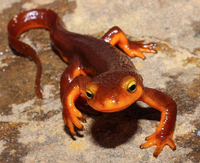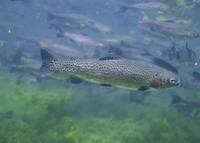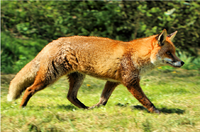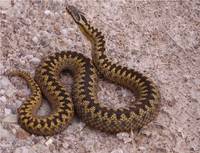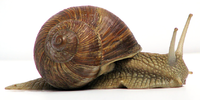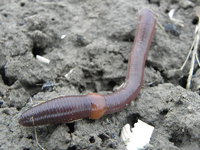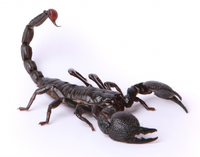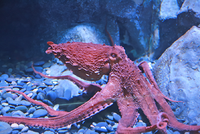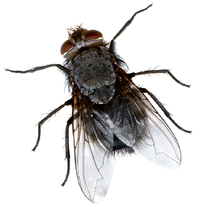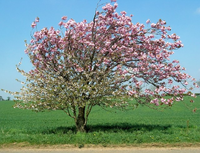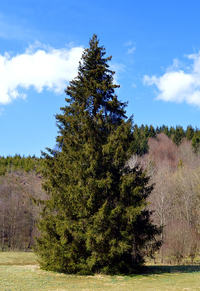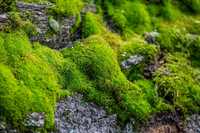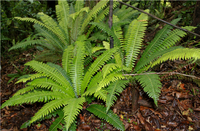Taxonomy
Contents
Key Stage 2
Meaning
Classification of living things is done to make it easier to identify different creatures.
About Grouping Living Things
- Living things can be classified in different ways.
- Scientists usually classify things by common features or common behaviour.
Examples
Vertebrates and Invertebrates
- A vertebrate is an animal with a backbone.
- An invertebrate is an animal without a backbone.
| Amphibians are vertebrates. | Birds are vertebrates. | Fish are vertebrates. | Mammals are vertebrates. | Reptiles are vertebrates. |
| Snails are invertebrates. | Earthworms are invertebrates. | Scorpions are invertebrates. | Octopuses are invertebrates. | Flies are invertebrates. |
Flowering Plants and other Plants
- Flowering Plants are plants that grow flowers.
- Not all plants grow flowers. There are also Mosses, Ferns and Conifers which don't grow flowers.
| Flowering Plants. | Coniferous Plants. | Mosses | Ferns |
Key Stage 4
Meaning
Taxonomy is sorting living organisms into groups based on their similarities.
About Taxonomy
Carl Linnaeus developed a system of taxonomy based on the similar characteristics of organisms. Organisms were put into groups and sub-groups:
- Kingdom - The largest group. Examples include animals and plants.
- Phylum - The second largest group. Examples include chordata (animals with a backbone) and Arthropoda (animals with jointed legs and segmented bodies).
- Class - Examples include mammals (humans, neanderthals, chimpanzees, bonobos, gorillas, baboons, lemurs, dolphins, whales, cows, badgers) and birds (crows, ostriches).
- Order - Examples include primates (humans, neanderthals, chimpanzees, bonobos, gorillas, baboons, lemurs) and cetacea (dolphins and whales).
- Family - Examples include hominidae (humans, neanderthals, chimpanzees, bonobos and gorillas) and Cercopithecidae (baboons).
- Genus - Examples include Homo (sapiens and neanderthals) and Pan (chimpanzees and bonobos).
- Species - Sapien is the name for our species of human.
Developments in genetics have further added to this system with three Domains above the Kingdoms:
